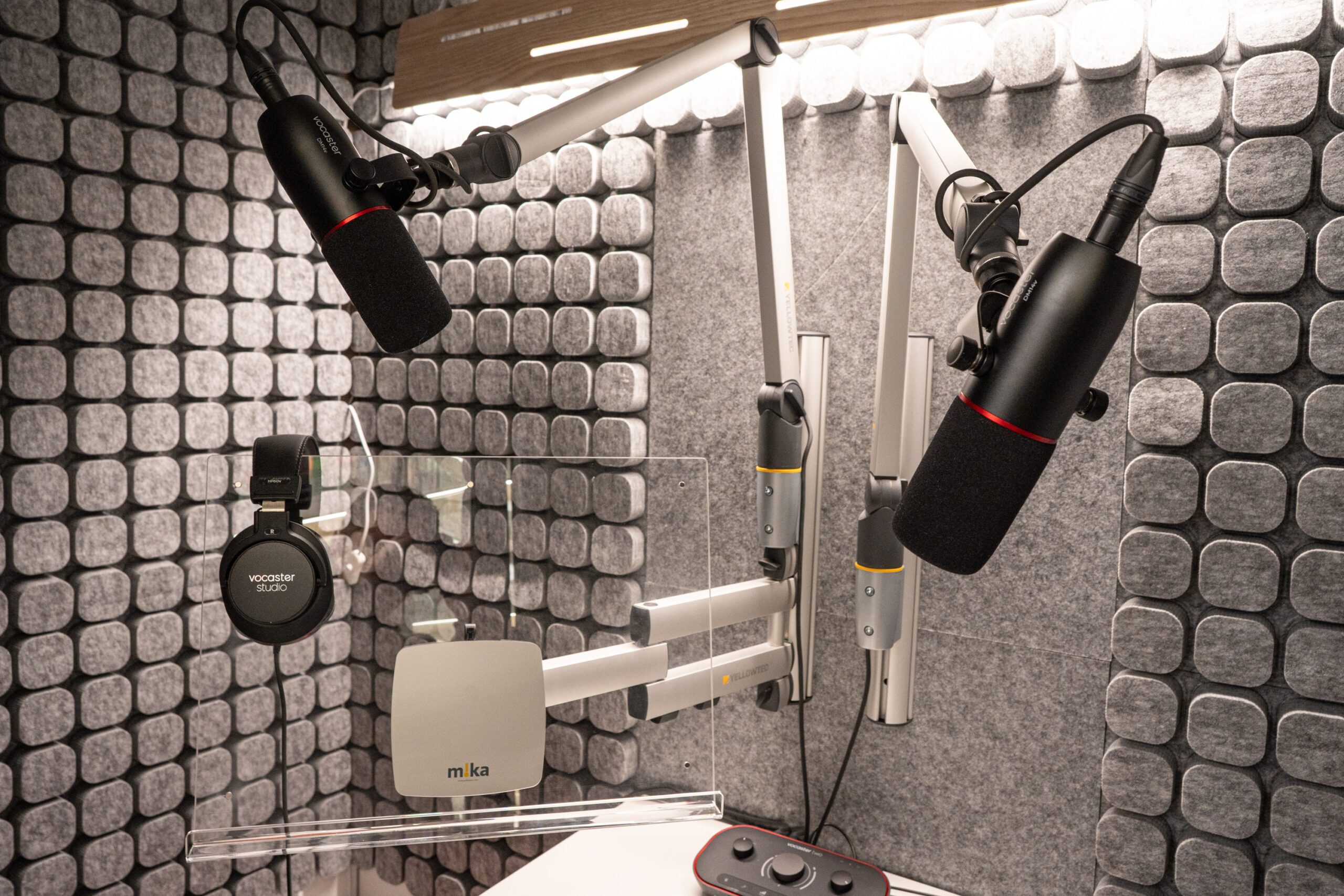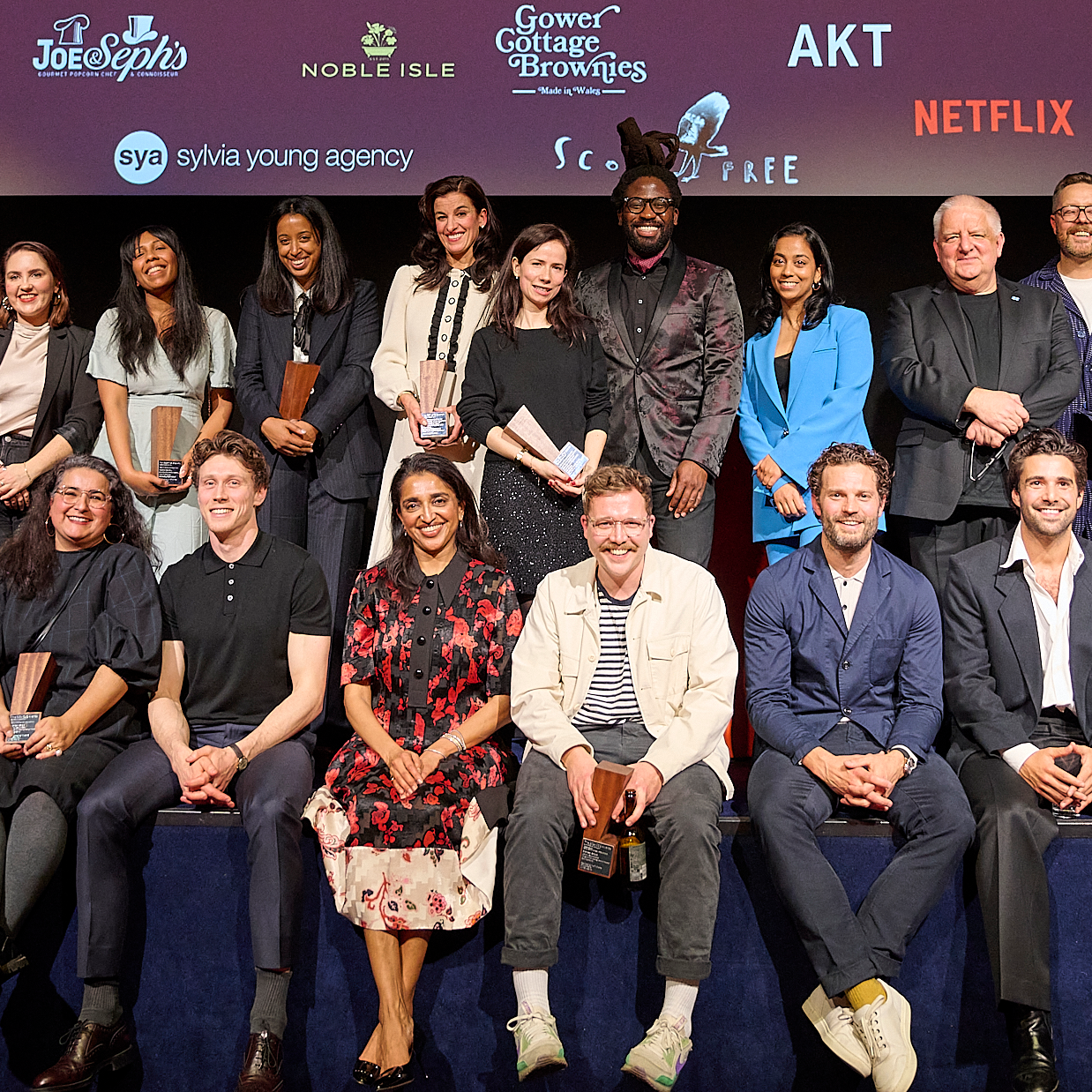Find out how the latest technological developments are changing the acting industry for the better and the advancements to benefit from in the future.
From film and television to video games and stage productions, cutting-edge technological innovations are greatly impacting how actors and filmmakers carry out their roles. Digital artistry is rapidly becoming indistinguishable from live-action performances, and they are now often combined to create engaging new experiences for audiences.
Another headline change propelled by technology is the rapidly falling cost of the filmmaking process, from pre-production to post-production, making it accessible to more people than ever before.
Here are some of the latest technological advancements that are presenting new opportunities to actors and filmmakers and the potential concerns that have arisen as a result:
Motion Capture
The fantasy worlds of films and video games are becoming more life-like than ever, thanks to the advancement of motion capture technologies and the related ‘performance capture’ capabilities from special head-worn cameras that can track an actor’s facial gestures.
Andy Serkis is responsible for a number of performances pivotal to the rise of motion capture, including ‘Gollum’ in The Lord of the Rings and has recently referred to the technology as “digital makeup”. He believes that as the technology progresses, the original actor’s performance is becoming more and more important to the final impact of the character being played.
When increasingly fine details, such as tiny changes in an actor’s facial expression, can easily be recreated on a digital character, filmmakers can deliver an experience to audiences that feels more authentic and moving –truer to the actor’s original interpretation. This is quite clear when you compare the ‘Gollum’ in the original LOTR movies to the one in The Hobbit.
Serkis thinks it won’t be long until characters such as historical figures can be represented using motion capture instead of relying on casting efforts and more traditional special effects such as prosthetics. He recognises that this could present a range of additional opportunities for actors, such as the ability for disabled actors to play able-bodied characters and for characters of one particular race, gender, stature, or appearance to be played by anyone at all. Essentially – as he puts it – “the end of typecasting”.
Holograms
In theatres, holograms are increasingly being used to create unique experiences for audiences alongside other augmented reality (AR) technologies such as 3D projection mapping. It has presented both opportunities and challenges for actors, who can now find themselves performing alongside animations in the same theatrical space, interacting with them in the same way they would a regular co-star.
This was the case with Alex, an hour-long play about a child who has lost her father and embarks on a journey of self-discovery, which was designed to act as an arts-based clinical intervention for individuals with eating disorders. A major innovation made by those behind the production meant that the audience did not need any kind of wearable device yet could experience 3D animated characters playing out scenes in front of them alongside real actors.
Similar immersive technologies have also recently been developed at the University of Nottingham in collaboration with Red Earth Theatre in the East Midlands to help with live captioning for deaf audiences. This showcases yet another way that mixed reality is contributing to the industry – by increasing audience accessibility.
Consumer Tech
A number of developments in the consumer technology market have meant that filmmaking has become more economically accessible than ever before, which is great news for actors as it means more projects with a need for fresh talent.
Virtual Reality
The availability of virtual reality headsets and the falling cost of 360-degree cameras have led to the huge growth of virtual reality environments as a medium for actors. This means audiences can now view and interact with more traditional film and TV in brand-new ways.
3D Printing
A recent production of the opera Don Pasquale by Donizetti made really impressive use of this technology by recreating an iconic car scene from Italian cinema using a prop car that was entirely 3D printed. Bringing the story to life in this way was something that simply could not have happened without it, as alternate materials would have been prohibitively expensive or have taken far too long to produce.
Hopefully, many people can take inspiration from this exciting new method of stage design and incorporate 3D printing into their own projects, even if it is on a smaller scale!
Live Streaming
The launch of platforms such as National Theatre at Home is yet more evidence of how technology is creating new opportunities for stage productions and audiences that otherwise may not have otherwise been able to engage with them.
April of this year saw the first live-streamed premiere of the new musical The Little Big Things appearing on the platform, which was enjoyed by people from across the country and even the world. When you compare the cost of the streaming subscription to a trip to the theatre (not forgetting travel costs), the benefits that have been unlocked for both those producing the shows and those who want to watch them could not be clearer.
The Future of Technology in Film and Television
Artificial Intelligence is interwoven into just about all other technological advancements in the modern age, and that seems set to continue. AI capabilities are in part responsible for the motion capture and hologram advancements we have mentioned, but there are, of course, a huge range of additional ways that it will continue to cause shifts in the film and TV industries.
This will be evident throughout each stage of the production process, including pre-production, where AI scriptwriting has already caused concern among industry workers. In June, The Prince Charles Cinema in London cancelled the world premiere of a film produced from a script created entirely by ChatGPT after receiving more than 200 complaints.
Despite this, director Peter Luisi has pushed ahead with the film’s rollout and defended what he sees as an important contribution to the wider industry discussion surrounding AI, including what it has to offer. In an interview, he encouraged people to take the time to watch the movie and read about the process behind making the film, insisting that “the solution can’t just be to close your eyes to it.”
Although it is unlikely screenwriters or actors will be entirely replaced by artificial intelligence anytime soon, cases like this do provide some food for thought.
Overall, the technological advancements we discussed should be a cause for celebration and excitement among actors, filmmakers and a host of other creative professionals. More opportunities are being created in the entertainment industry than ever before, and accessibility has never been better.
Take a look at our website for more news and advice for upcoming actors, including finding acting work in the UK and how to network as an actor.



















